Chrysler 300 Generations: Through the Years
We look back at all the Chrysler 300 generations through the years. The 300 survived by being both adaptable and staying true to its Grand Touring roots.
The original letter series of Chrysler C-300 models could be described as an American version of the European Grand Touring car. According to one definition, Grand Touring cars are designed for high-speed, long-distance driving, through a combination of luxury and performance.

2015 Chrysler 300 – fcanorthamerica.com | Shop Chrysler 300 on Carsforsale.com
That concept well describes the Chrysler C-300 letter series models between 1955 and 1971. After a departure from the original concept between 1994 and 2004, Chrysler brought back a powerful, comfortable, rear-wheel-drive 300 sedan in 2005.
Let’s take a look back at this often fabulous, sometimes disappointing, range of Chrysler C-300 models.
Chrysler C-300 (1955)
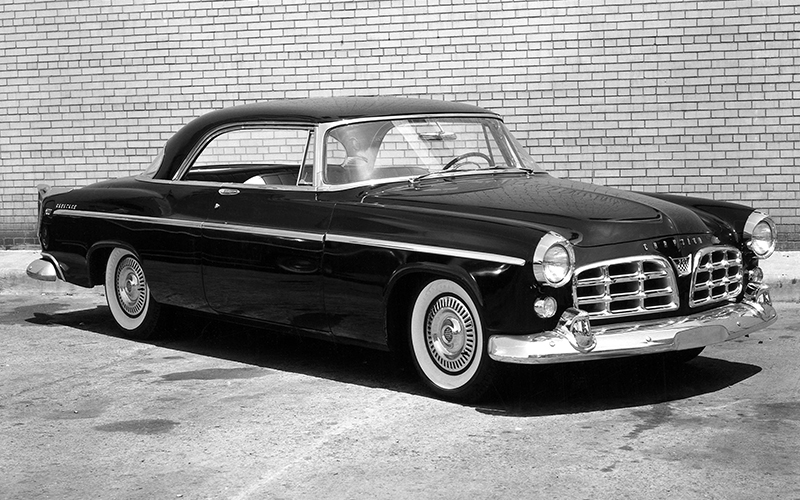
- The first-generation Chrysler C-300, dubbed the 300A in retrospect, debuted in 1955, with a total production of 1,725 models produced that year.
- The C-300 was powered by Chrysler’s new FirePower Hemi engine, displacing 331 CID (5.4L), which developed 300 horsepower, a first for an American production car. Its engine’s output was also the source of the car’s name. It was also the first American car to clock a 0-60 mph time under 10 seconds.
- The Hemi engine in the C-300 featured two four-barrel carburetors, a high-flow intake manifold and an aggressive camshaft with solid valve lifters.
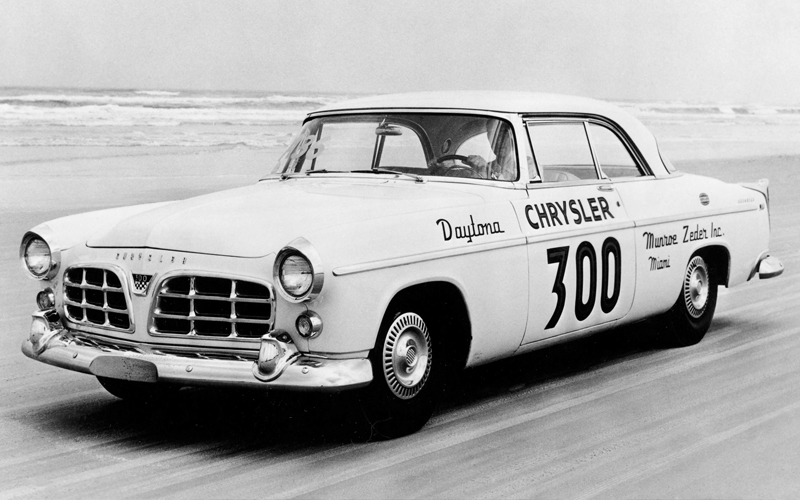
- The C-300 dominated NASCAR competition in 1955. In that era, cars had to be strictly stock. The C-300 won 27 of the 45 NASCAR Grand National races in 1955, far ahead of Ford, Chevrolet, Pontiac, and Oldsmobile.
Chrysler 300B (1956)
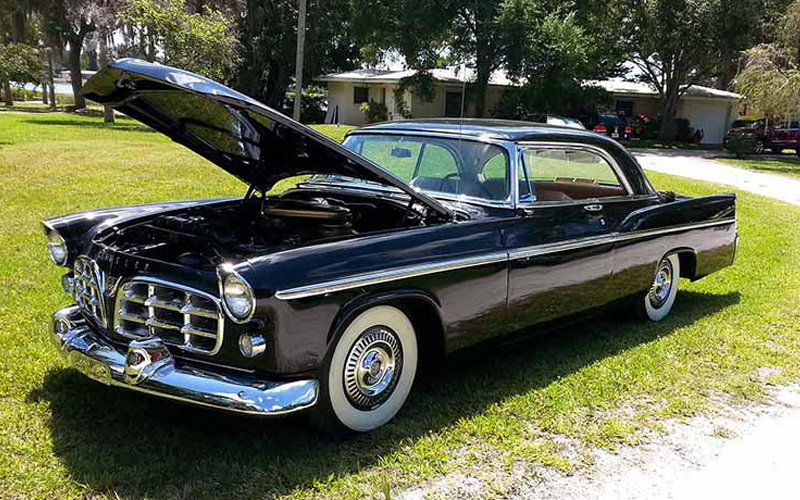
- The 1956 Chrysler 300B appeared visually similar to the 1955 model, though it included three changes, two of which were significant. The third was a new tail fin design.
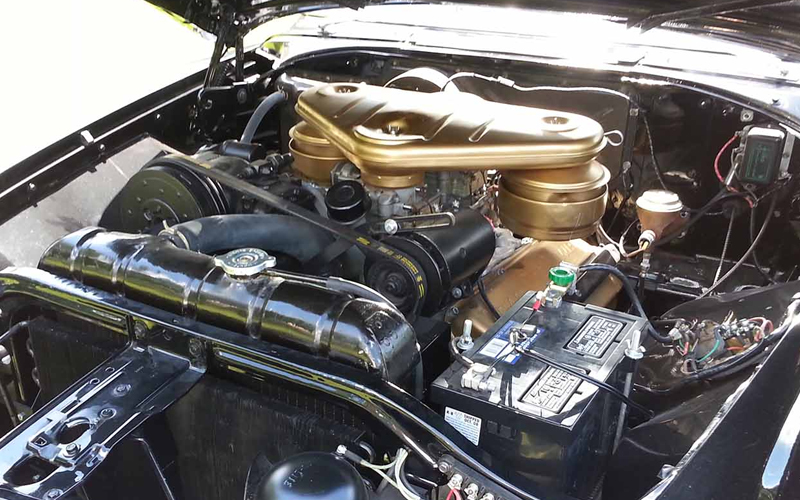
- Now available were two new, larger and more powerful Hemi engines and an optional three-speed automatic transmission in addition to the two-speed unit that was exclusive in 1955.
- The two optional engines were versions of Chrysler’s new 354 CID (5.8L) Hemi V8, which delivered 340 horsepower, and a 355-horsepower version with a higher compression ratio. The C-300B was the first US production car engine rated at one horsepower per cubic inch.
- The new three-speed TorqueFlite automatic transmission, was an available option, significantly decreasing the time to speed over the two-speed unit.
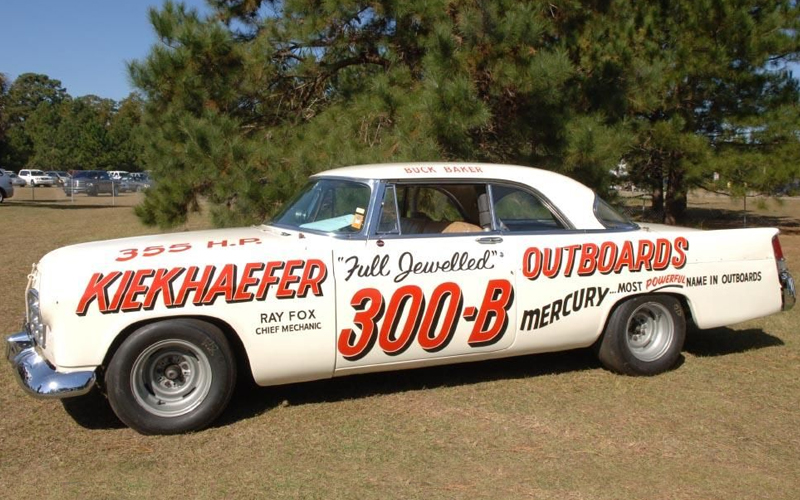
- The 300B hit a top speed of 143.8 mph on the sands of Daytona Beach, with an average speed of nearly 140 mph, which set a record for a production passenger car.
Third Generation: Chrysler 300C, 300D, 300E, 300F (1957-1960)
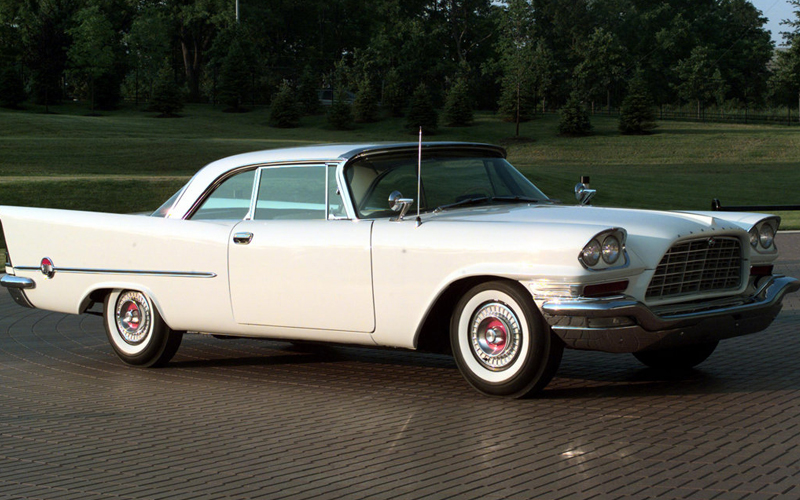
- The third-generation 300 chassis was noted at the time for its superior handling, which can be attributed to the lower center of gravity, new torsion bar front suspension, revised rear suspension and heavy-duty shock absorbers that debuted in 1957.
- In addition to new underpinnings, the 1957 Chrysler 300C was completely redesigned from the previous models. It was now long and sleek, with dual headlights, a large grille and, of course, the obligatory tall tail fins. This body style would continue, with only small alterations, through the 1960 model.
- In 1957, a standard 392 CID Hemi engine featured dual Carter four-barrel carburetors and a high-for-the-times 9.25:1 compression ratio. An upgraded 390 horsepower Hemi engine was an option and featured solid lifters, a 10:1 compression, and a higher-lift, longer-duration camshaft. These are exceedingly rare, as only 18 were produced.
- The 1957 300C was the first 300 model to be available in both a coupe and convertible body style.
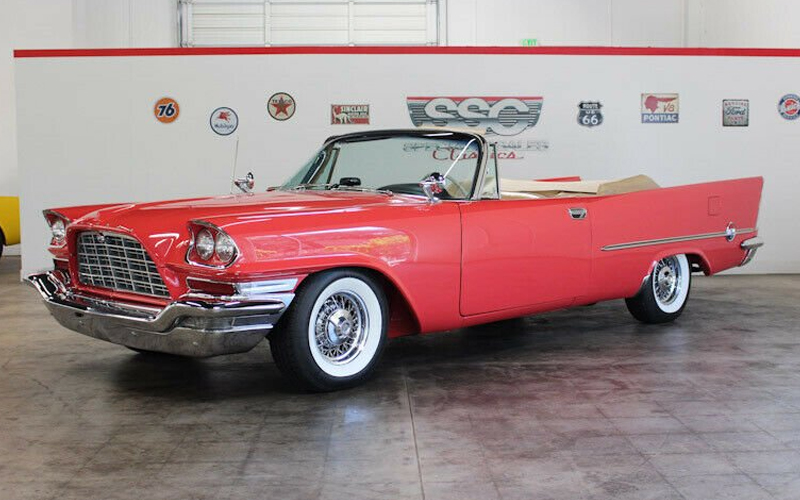
- The 1958 300D was powered by a 392 CID Hemi engine with an output of 375 horsepower in base tune. The optional upgrade featured a 10:1 compression and a more aggressive camshaft and delivered 390 horsepower.
- Ahead of its time and available technology, the optional 390 horsepower Hemi engine could be ordered with an aircraft-type Bendix electronic fuel injection system. Adapting an aircraft system to a car was difficult and resulted in drivability issues.
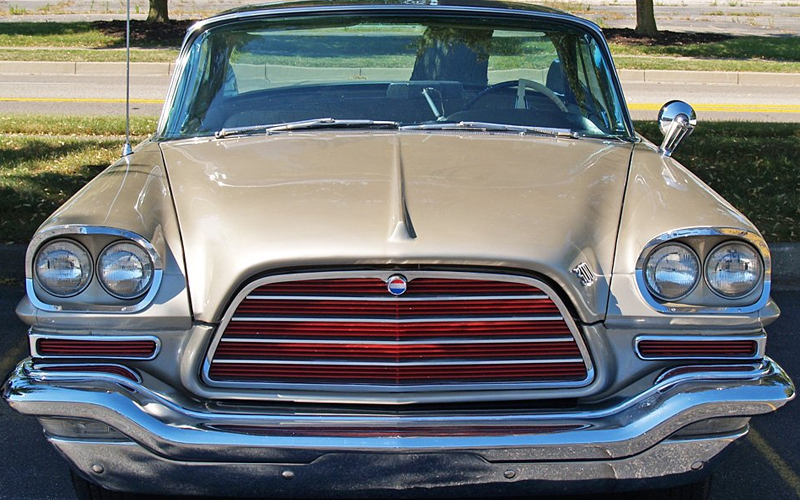
- The 1959 300E was also a slow seller, with just 690 sold. Its styling was almost identical to the 300D, except for a revised grille with horizontal fins.
- On the mechanical front, there was another significant change. The Hemi engines, which were expensive to build, were replaced by a 380 horsepower 413 CID Chrysler big block “Wedge” engine. Chrysler found the wedge cylinder head configuration could produce as much horsepower as the Hemi but at a lower cost and lighter weight.
- As a result, performance improved. Magazine testing of the time indicated that the 300E was a second quicker than the 300D to 60 mph, and up to three seconds faster to 90 mph.
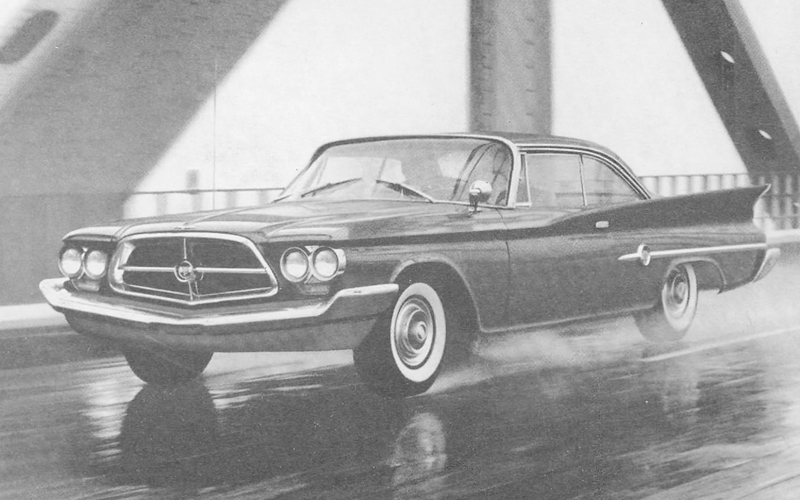
- The most significant changes were mechanical. The big V8, now fitted with a ram induction system that featured two four-barrel carbs, located above the inner fenders, fed the opposite cylinder bank via 30-inch tubes, tuned to improve mid-range power. There was a differently-tuned ram induction system available that developed 400 horsepower with few produced.
- A first for the 300 series, the 300F was available with an optional four-speed manual transmission, a Pont-à-Mousson gearbox designed and produced in France for truck applications.
- For many purists, the 1960 300F marked the end of the ‘true’ 300 letter series, though the naming continued.
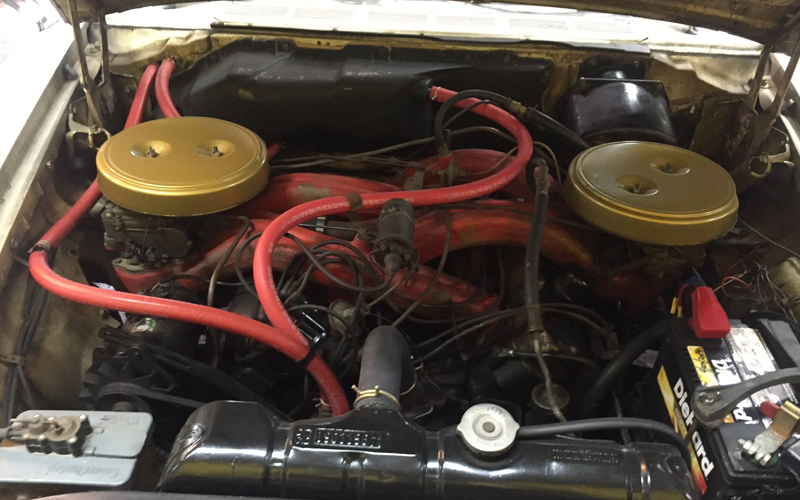
- The 1960 300F again offered a few styling changes of the 300D, a new grille design and brows over the headlights, giving it a more aggressive look. A decorative spare tire hump was added to the massive rear trunk lid, a popular styling cue at the time.
- There were several significant interior refinements in the 300F. There was now a slick, chrome-trimmed center console that ran from the dashboard back to between the rear seats. Front bucket seats that swiveled out toward the door for easier entry and exit were standard.
Chrysler 300G 300H (1961-1962)
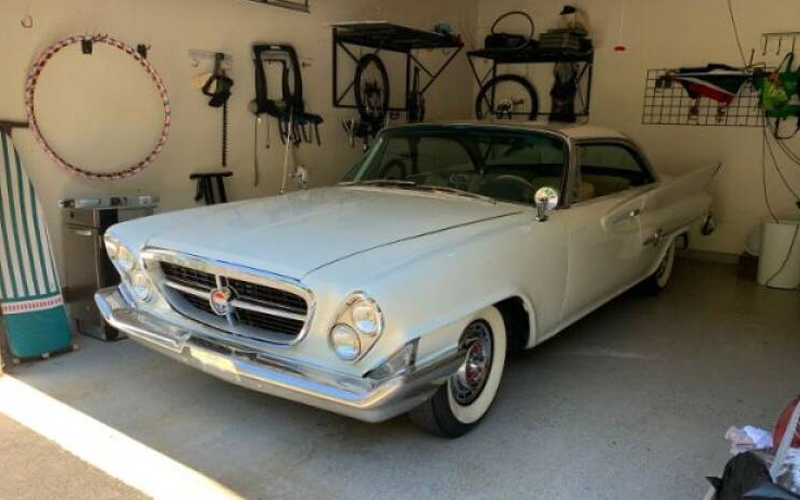
- The 1961 300G was based on the uni-body New Yorker and no longer featured either the ladder frame or the unique style of earlier versions.
- The headlights were now stacked and canted. The grille shape was the same as the New Yorker though the 300G received a different styling treatment and a smooth rear decklid replacing the rather gaudy “spare tire” design.
- Mechanically the 300G was primarily the same as the 300F with the same cross-ram engine options. The four-speed truck manual was replaced by a slow-shifting three-speed manual that was largely ignored by buyers.
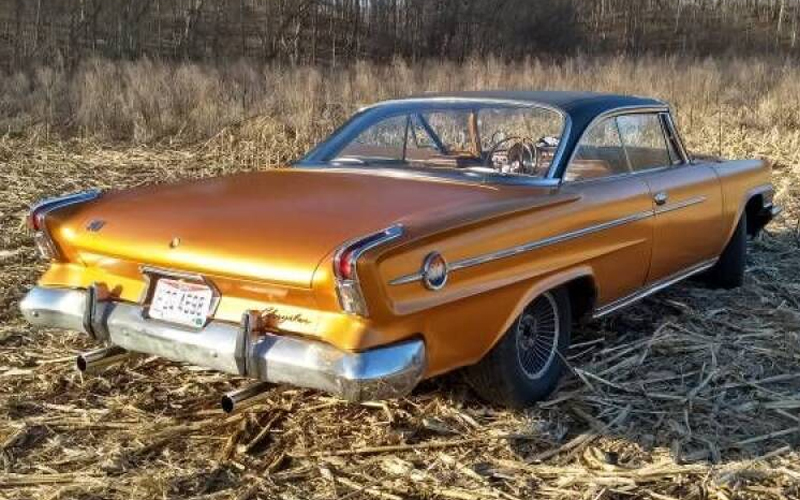
- The styling of the 1962 300H reflected the change in American car buyers’ tastes. The tail fins were gone, and the styling smoothed out. Mechanicals were mainly the same as the 300G.
- The 300H was brought back to the Daytona Beach for a shot at the flying mile speed record, setting a new record of 179.4 mph.
Chrysler 300J, 300K (1963-1964)
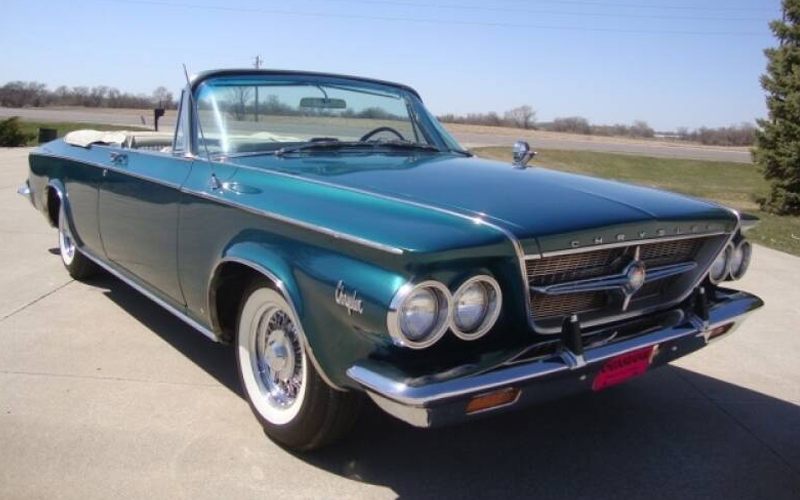
- The 300J was the most powerful of the original letter series 300 range. The 413 CID V8 was tuned to deliver 380 horsepower from the standard ram induction system.
- Styling was in line with mid-1960s perceptions. The dual headlights were again side-by-side, with a graceful exterior and little added ornamentation. The suspension had softer settings.
- Styling took another step back for its previous late-1950s excess, including the interior which was trimmed back. The full-length center console was replaced with one terminating at the back of the front seats.
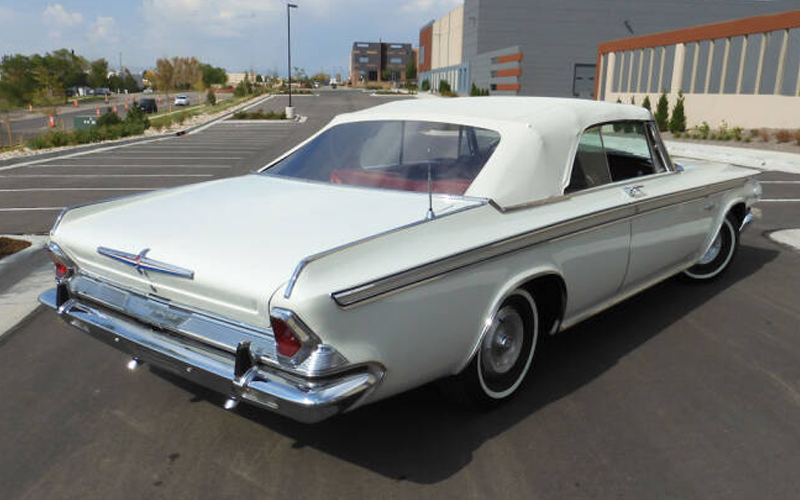
- The 1964 300K marked the return of a manual gearbox, this time an all-new four-speed unit manufactured by Chrysler subsidiary New Process Gear.
- For 1964, the 300K’s styling was much the same, though an available convertible model returned to the range, absent since 1961.
Chrysler 300L (1965)
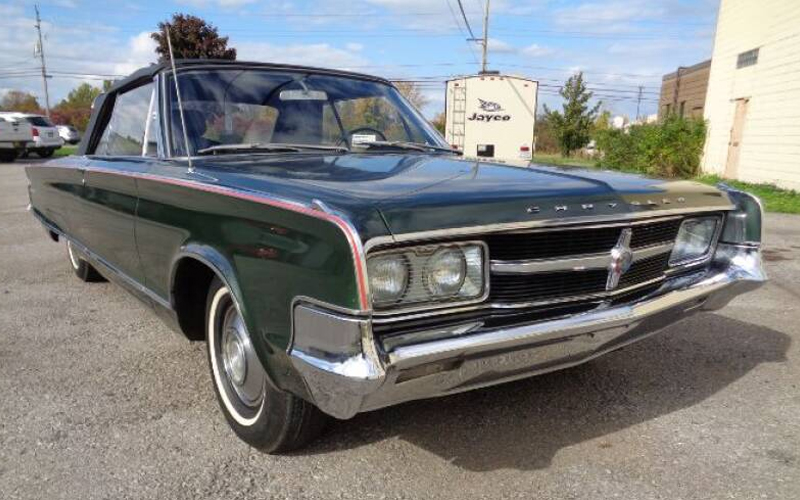
- The 1965 300L was the final model in the classic 300 letter series.
- The exterior was completely restyled, featuring a new body with its sharp lines, slab sides and a tall cabin shared with the New Yorker.
- Both two-door hardtop and convertible models were available that year.
- Under the hood, a single four-barrel carburetor now fed the engine though its rating remained at 380 horsepower.
- A three-speed automatic or a four-speed manual with an optional Hurst shifter were the transmission choices.
Hurst 300 (1970)
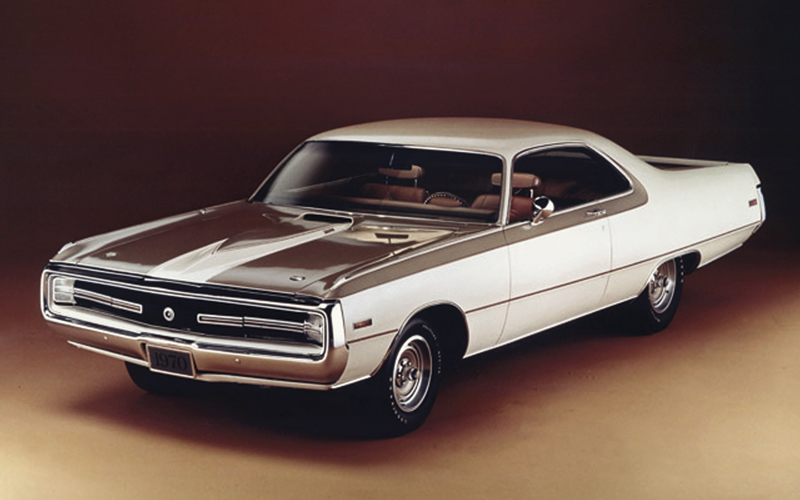
- The 1970 Hurst 300 models were available only as a two-door coupe (the only convertible was for promotional use). Many historians do not consider the Hurst 300 as part of the original 300 letter series.
- All Hurst 300 cars were fitted with satin tan leather interiors borrowed from the Chrysler Imperial. Fiberglass panels replaced the steel hoods, and trunk lids and a gold-tinted sticker package were applied.
- Interestingly, the Hurst 300 was available with either a column- or console-mounted shifter for the automatic transmission.
- The engines in all Hurst 300 models were Chrysler’s new 440 CID (7.2L) V8. The massive engine developed 375 horsepower fed by a single four-barrel carburetor.
Chrysler 300M (1999-2004)
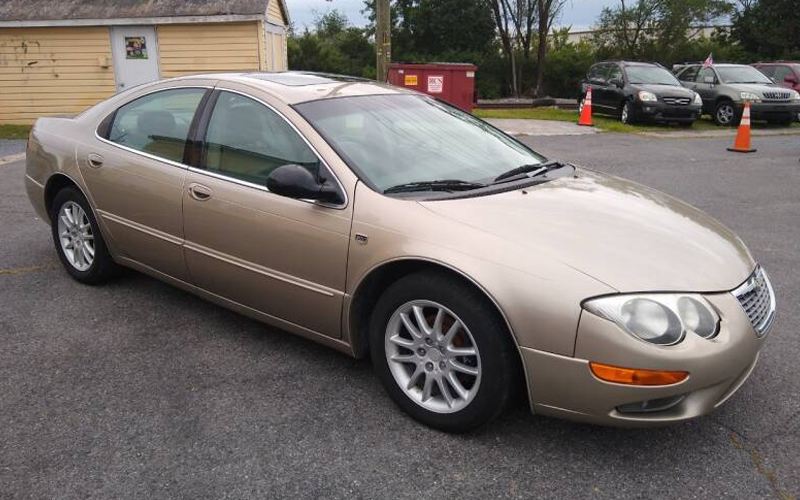
- Unlike all previous and subsequent 300 models, the 1999-2004 Chrysler 300M was front-wheel drive.
- The 300M was based on the Chrysler LH platform, which were the underpinnings of all full-size Dodge, Eagle, and Chrysler models that competed with the Ford Taurus.
- The only engine fitted was the Chrysler 213 CID (3.5L) V6. The engine featured a single camshaft per cylinder bank (SOHC) and four valves per cylinder and developed 253 HP.
- A 300M Special was introduced midyear in 2002 with a higher out version of the 3.5L V6 producing 255 HP. Available features of the 300M Special included dual exhaust, larger brakes, and high-performance tires.
Chrysler 300 (2005 -2010)

- The 2005 model year saw a return to the traditional 300 rear-wheel-drive configuration, on the all-new LX platform. One of the outstanding elements of the LX platform is its independent front and rear suspension.
- Styling was based on the 1999 Chronos concept car, which was an immediate hit with car show-goers.
- The new 300C was fitted with the new 345 CID (5.7L) Hemi engine that initially developed 340 HP, increased to 360 HP in 2009 and beyond.

- The most performance-oriented 300 model was the SRT-8, which made its debut in the 2006 model year.
- The 300 SRT-8 was equipped with a 6.1L Hemi engine that produced 425 HP. Other upgrades included a strengthened five-speed automatic, limited-slip differential, Brembo brakes, tuned suspension and ultra-high-performance tires on 20-inch wheels.
Chrysler 300 (2011 – Present)

- The second generation of the new Chrysler 300 series featured styling revised with crisper folds in the sheet metal and a more aggressively raked windshield along with a plethora of detail changes.
- Both the 300C and 300C AWD models were fitted standard with the 363 HP 5.7L Hemi V8. Chrysler corporate was smart enough to trademark the Hemi engine in this generation, something they failed to do in the 1950s and 1960s.
- The top performance version was the 300 SRT, fitted standard with a 369 CID (6.7L), 425 HP Hemi V8 and a rash of suspension, brake, driveline, and styling upgrades.
- Transmission options included a five-speed automatic and a first for American car eight-speed automatic, which provided closer gear ratios for more lively acceleration.
- In 2015, the 300 series models were facelifted with new front and rear fascias and a black and silver mesh grille, along with a series of safety features including adaptive cruise control, forward collision warning and lane departure warning.
- The last of the fire-breathing SRT-8 versions were sold in the 2014 model year. It was pretty much unchanged from the 2012 version.
- The 300 series continues today, with no sign of it ending anytime soon.
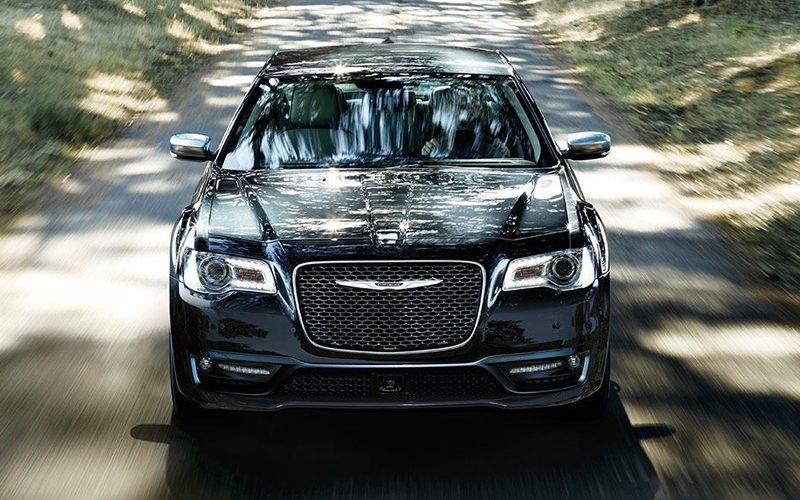
2020 Chrysler 300 – chrysler.com | Shop Chrysler 300 on Carsforsale.com
Chrysler 300 Fast Facts:
- The lowest selling Chrysler 300 was the 1963 300J, with just 400 reaching the hands of owners.
- Several 300 models from the late 1950s to the early 1960s offered a record player as an option. Difficulties in steadying the turntable along with the high needle pressure required to keep it from skipping a groove (which damaged records) were definitely turn-offs.
- There was never a 300I, as Chrysler exec’s thought the uppercase I was too similar to the letter 1.






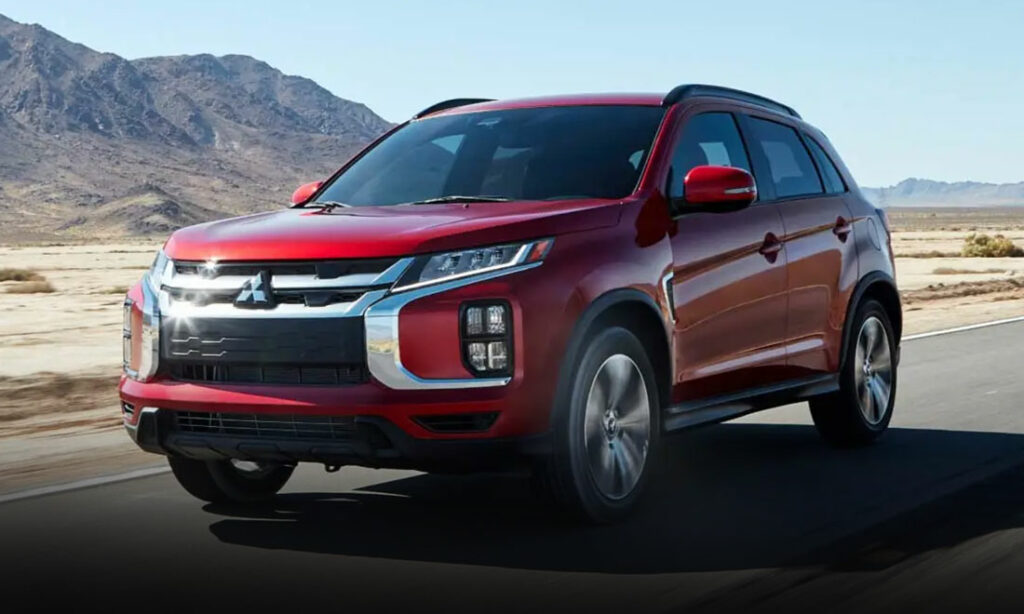
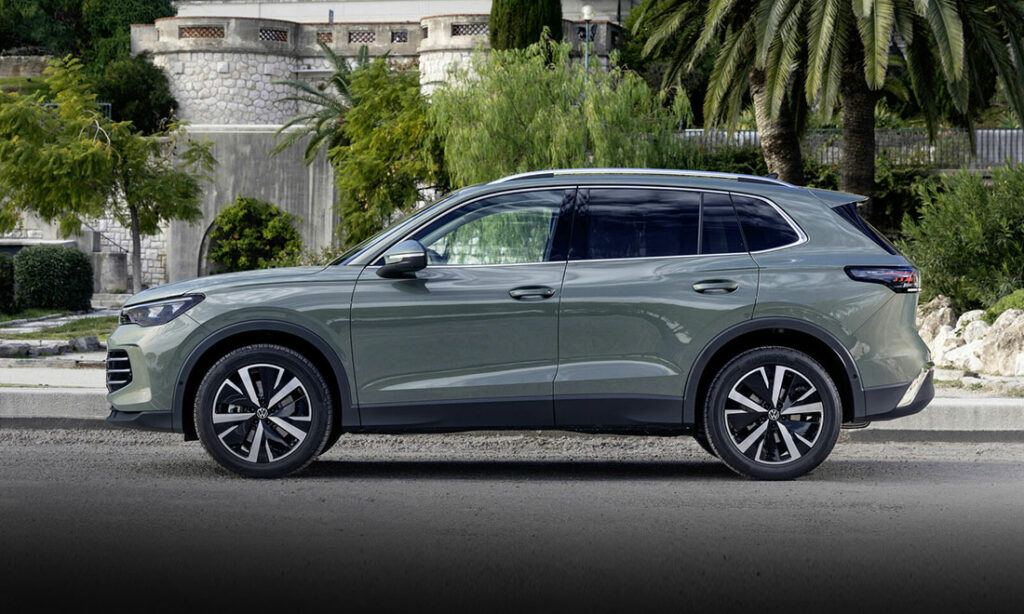










Sweet
The SRTs had a 6.4l hemi not a 6.7l utilizing the 392 motor (non SRT-8)
I recently purchased a new 2021 and I love it’s classic and timeless style with character not found in today’s cars…
It drives and handles well. Very comfortable with plenty of power from the V6… Elegance with Attitude with “Black Noise” package with 20 inch wheels.
the 1960 300F is the first unit body car, and should be grouped with the 61 and 62. In fact, the 63 and 64 are also mechanically similar , though with revised sheet metal.
In my opinion the 1979 300 was a legitimate 300 ,as it had the 360 police motor, the largest available at the time, with a custom leather interior, heavy duty suspension, etc all in the spirit of the original 300
Nice article nevertheless, thanks for explaining these great cars.